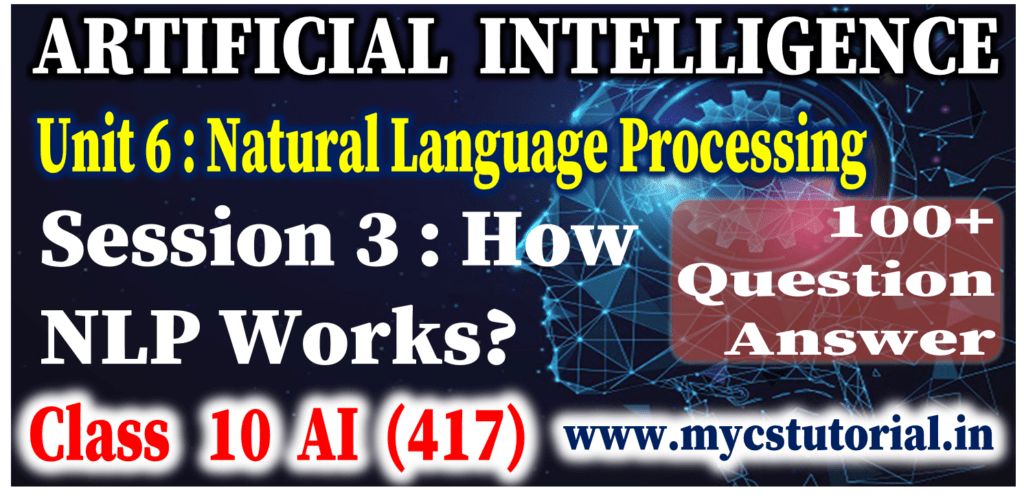Class 10 Artificial Intelligence
Unit 7: Evaluation
Introduction to Model Evaluation
Important Question Answer
- Very Short Answer (VSA) – 1 Mark
- Short Answer – 2 Marks
- Long Answer – 4 Marks
1. What do you mean by Evaluation? (1 Mark)
Answer: Evaluation means testing a model with testing data for its accuracy of output and predictions. Depending on the Evaluation result i.e. acceptable performance a mode is selected and deployed.
2. Write the stages of AI project cycle? (1 Mark )
Answer: AI Project Cycle stages are –
(i) Problem Scoping (ii) Data Acquisition (iii) Data Exploration (iv) Modelling (v) Evaluation
3. What is Evaluation Stage? (1 Mark )
Answer: The evaluation stage follows modeling stage. In Evaluation stage, the desired model is trained with the training data set and ready for testing with the help of testing data set.
3. What is Testing data set? (1 Mark )
Answer: Testing data set is use to test the model before the complete deployment. Testing data set is prepared by the trained professionals after exploring and cleaning the raw big data. Testing data set is a completely different, separate and new entity for the model to be tested.
4. What is Scenario? (1 Mark )
Answer: The problem area for which a model has been developed is called scenario. Scenario is the reality in which the real problem exists and the model has to be developed.
5. Define Scenario with reference to evaluation of AI model? (2 Marks )
Answer: Scenario is the source of real data which is fed into the model for processing either at regular intervals (hourly, daily, weekly, etc.) or in real time. Scenario is the reality in which the real problem exists and the model has to be developed. The model has to deal with the scenario the way it has been trained.
6. How many types of Scenario? (2 Mark )
Answer: There are two types of Scenario.
(i) A regular-interval Scenario, and
(ii) Real-time Scenario
7. What is Regular-interval Scenario? Give example. (2 Mark )
Answer: A regular-interval Scenario can be a less critical problem area in which emergent threat is not there.
For example, pollution monitoring in a region needs weekly or monthly data, studying a cancer patient for research, monitoring the diet and fitness of sports persons, monitoring performance of students and their study habits, etc.





